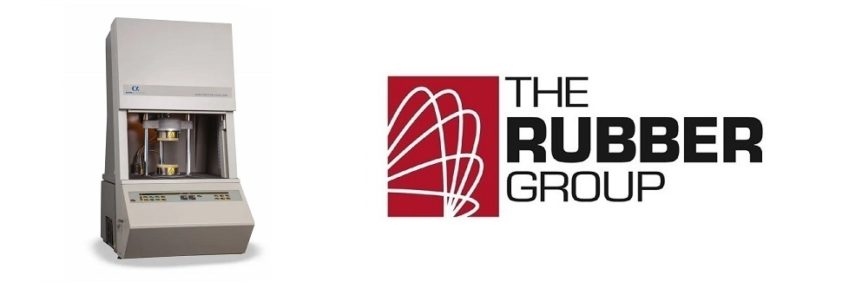The Rubber Group uses a moving die rheometer (MDR) to ensure batch-to-batch consistency so that all of your molded rubber parts have the material and performance properties you expect. The rheometer that we use, an Alpha Technologies MDR 2000™ lets us analyze compounds to avoid problems such as missing ingredients or improper mixing that could affect part quality.
The MDR rheometer that we use at our Rochester, New Hampshire (USA) facility also lets us analyze shelf life so that we can determine if a material that’s been in storage is still fit for use under service conditions. In addition, our MDR 2000™ let us analyze cure rates so that we can establish the optimal processing parameters and ensure that your molded rubber parts are cured correctly every time.
If you’re looking for a manufacturing partner that won’t compromise quality for convenience, we invite you to keep reading and contact us about us your next rubber molding project. At the Rubber Group, our rheometer is more than just a testing instrument. It’s a quality tool for addressing challenges ranging from compound consistency to cure measurement and shelf life.
The Moving Die Rheometer (MDR)
The MDR 2000™ rheometer consists of an upper die, an oscillating lower die, seal plates, and elastomeric seals. By applying a cyclic strain to a sample and measuring the associated force, this cure meter measures the stiffness (modulus) of the test piece with respect to time. Although the rubber industry also uses other types of cure meters, MDR technology is necessary for ensuring the right ingredients in the right amounts.
For process control, a moving die rheometer can detect even minor changes in ingredients. If a compounder makes a substitution, cure curves assist us with predicting the effects of adding this new ingredient to an existing formulation. The MDR 2000™ also has excellent test sensitivity to mixing errors and can measure curing, or vulcanization, under nearly true isothermal conditions.
The Rubber Group’s rheometer also measures dynamic properties with repeatable and reproducible data. The instrument’s constant-volume sample cutter is extremely accurate, and operator influence upon testing is limited. With its superior temperature stability and control, the MDR 2000™ also withstands the high heat associated with the curing process, which gives the material its final properties.
To learn more about how our investments in technology can support your next rubber molding project, we invite you to contact us.

